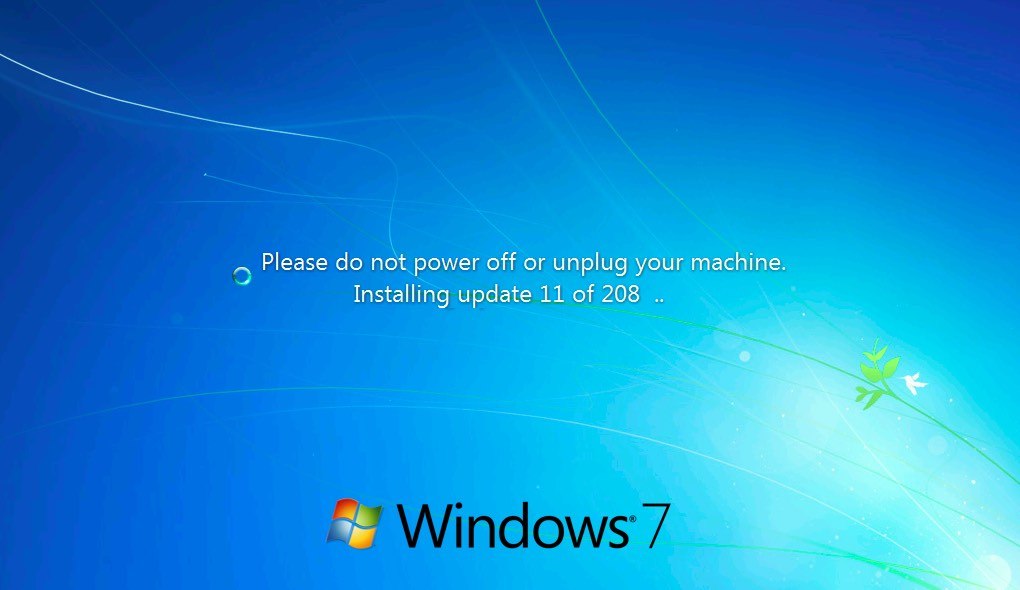Cumulative Updates: Windows 10’s Worst Feature Arrives On Windows 7/8.1
 Just in case you were wondering “how will Microsoft encourage Windows 10 installation after the expiry of free Windows 10 upgrade offer”, we have an answer. The company is looking to take away the user control from Windows 7 and 8.1 and make them just like Windows 10. Starting from October 2016, Microsoft will enable a cumulative update model in Windows 7 and Windows 8.1, just like the one in Windows 10.
Just in case you were wondering “how will Microsoft encourage Windows 10 installation after the expiry of free Windows 10 upgrade offer”, we have an answer. The company is looking to take away the user control from Windows 7 and 8.1 and make them just like Windows 10. Starting from October 2016, Microsoft will enable a cumulative update model in Windows 7 and Windows 8.1, just like the one in Windows 10.
ow Microsoft is changing the way your good-old Windows 7 and Windows 8.1 operating systems received updates. The company is making a switch to the controversial cumulative update model that’s similar to the one seen in Windows 10. This marks a shift from the individual patch release approach for Windows 7 and Windows 8.1.
“Each month’s rollup will supersede the previous month’s rollup, so there will always be only one update required for your Windows PCs to get current. i.e. a Monthly Rollup in October 2016 will include all updates for October, while November 2016 will include October and November updates, and so on.”
If you haven’t figured out Microsoft’s plan to push Windows 10 yet, let me explain further —
Till now, Redmond’s older operating systems got some individual patches each month. If you chose to avoid some updates for a couple of months, you needed to download many Windows updates while patching your system in future.
On the other hand, Windows 10 gets just one or two updates per month. This single cumulative update has all the updates from previous months, making your computer up to date in one go. Sounds simple and great, right?
Well, there’s a plot twist. This shift to Windows 10’s monthly roll-up gives Redmond complete control over your Windows installation and its updates. Now, after October 2016, individual patches won’t be available for download.
Here’s the scariest part — just like Windows 10, now Windows 7 and Windows 8.1 users will have only two choices. Either they need to accept all the updates pushed by Microsoft or stop upgrading and leave their systems vulnerable to hacking attacks. This approach of installing upgrades also hinders the ability to recover from a bad update.
The same update model will also be followed when it comes to security-only updates. From October 2016 onwards, Microsoft will release just one security-only update each month and no individual patches will be made available. However, the security-only update won’t be pushed via Windows Update.
So, if you’ve avoided Windows 10 thinking that Windows 7 and Windows 8.1 let you choose what updates to install on your PC, think once more. Yes, this is what Microsoft wants. It wants you to think that Windows 10 is now a better option as compared to Windows 7 and Windows 8.1.
Did you find this article helpful? Don’t forget to drop your feedback in the comments section below.

No comments:
Post a Comment